|
This travel experience in Senegal has led me to reflect on so many facets of life here and back at home in the U.S. Here are some of my thoughts:
10 Comments
After having and chance to meet with various local and regional government officials, the common theme of why so many people and communities exist in poverty in Senegal is because of mismanagement of funds. The federal government does not accurately and evenly distribute funds to communities so major challenges exist including horrible road conditions, class sizes of 70 or more students, and lack of investment into the large youth population. The mayor of Kothiary (the village where we spent the majority of our time) said that the biggest struggles the community is facing deals with youth. There is simply not enough classrooms for students, no community centers where youth can spend their time and participate in activities, and an enormous lack of training centers for youth to obtain necessary schools for work.
As a result of these problems, many young men turn to migration (just like the article we read in class!) to attempt to find better opportunities for success. The out-migration of Senegalese is positive and negative; positive in the fact that many migrant send remittances (money) home which allow families to purchase necessities like food and clothing but also “luxury” items like T.V.s and phones. The negative results are many including families left for years without knowing if their fathers, brothers, husbands, or friends, are still living. Two of our host teacher’s relatives are in this situation and my heart can’t imagine what it is like to never know when you would see your husband and the father of your children again. Another issue that plagues the region (and country) is the lack of modern farm equipment. Animals are overworked in the fields during the short rainy season from June to September in order to produce and harvest a crop to support families. Some of the animals die at the end of the work season because they have been worked so hard. On the successful side, there are many grassroots organizations and groups of people working to make life better in rural Senegal. We met with 2 women in Kothiary who are part of a community garden which encourages economic independence for women. Through working at the garden, women learn important agricultural, communication, and business skills to foster continued progress in a culture dominated by males. (An additional story to relate to this topic: we met a teenage boy, Adama, who learns much of his English during the rainy season. During each break he gets while working the fields with his family, he sits under the shade of a tree and reads and writes in English - talk about dedication!) Unfortunately, being a girl in Senegal presents many challenges when it comes to education. I mentioned in one of my earlier posts about FAWE, an organization dedicated to ensuring that girls have access to quality education. As Anita and I continued our travels, we were able to meet with other educational leaders who are working towards similar goals. Some crucial elements we learned about the status of education for girls in Senegal include:
With Senegal’s population being 95% Muslim, I have had a lot of “firsts” on this trip. Hearing the call the prayer 5 times throughout the day has been very interesting; it sounds different in every city or village because of the imam, the religious leader who makes/chants the call. Each imam has a different rhythm and amount of experience so the call can vary greatly from place to place. During prayer time, men will often go to the mosques, large ones or smaller neighborhood ones, to pray or simply pray in their homes with a prayer rug. In some areas, the call to prayer means that time stands still for a short period of time: shops will close and the business of life slows momentarily. Men and women do not pray together so often times the women stay home to do so. Based on my observations from this trip, many (or some?) Muslims do not pray at all 5 calls. It’s also important for people to wash themselves before praying so plastic tea kettles can be seen nearly everywhere for this purpose.
I feel compelled to express how safe and welcomed I have felt in a predominantly Muslim country. Around the world, but especially in Europe and the U.S., Islam has such negative associations because of the terroristic activity of a few extremists who are Muslim. This is a shame to the millions of others who are peaceful followers of this religion. The community leaders that we met during our stay expressed this point more than once and showed it in their welcoming spirit. This is one of the most important messages I will be bringing back to my students, friends, and family in the U.S. Transportation in Senegal is incredibly complicated and incredibly interesting. As we were careening down the road yesterday at a high speed (a road with no lines nonetheless), with a tire that badly needed repair, in a car that someone else graciously borrowed us for the week (with absolutely no seat belts), I was thinking about how many of my students would have loved the experience! :) Everyone here is so wonderful to give us rides in borrowed cars and motorbikes; we could not be more grateful. Today, I rode 15 miles on the back of a motorbike to my hotel after we were finished for the day at school; hands down one of the best experiences yet in Senegal. To see the African countryside so intimately, the people so in their element, the enormous baobab trees dotting the landscape, the sheep crossing the road with no care in the world.......so amazing!!!
Although these situations may frighten some of you (my mom included) it simply is part of life in Senegal. Most people cannot afford a car so motorbikes, taxis, buses (that people hang off of), and carts pulled by horses or donkeys are common sites on the streets (and really fun to ride on!). The roads lack maintenance and often time have potholes that are so big traffic stops so the car can drive in the other lane to avoid them (and you thought the potholes in Grand Rapids were bad!). Apparently the government does not allocate many funds to maintain the roads and even if they do, the money rarely reaches the communities to carry out the repairs. The villages and cities are almost totally dark at night because of the same challenge; my host teacher pointed out that the area where the government officials live is lit up by street lights and the rest of the areas exist in darkness after the sun goes down. For travel on the road, no one has the right away except for when you beep your horn for pedestrians and others to move. These modes of travel look challenging to outsiders like Americans but people and vehicles move very fluidly amidst the chaos. And let me also mention quickly, that along with all of the above mentioned frenzy animals are also crossing and walking alongside roads at the same time; goats, sheep, cattle, and chicken are common sites (the baby goats are SO CUTE!!). The Senegalese word for hospitality, teranga, does not even begin to describe the warm welcome that we have received since arriving in Tambacounda yesterday. Anita (my teaching partner while in Senegal) and I boarded a small plane in Dakar, along with 3 other people including 2 Muslim holy men, to fly to Tamba. After a short hour flight we arrived to meet our host teacher, Salamata Diallo and her husband and family friend Ishmael, at the airport. To begin to describe the teranga, Ishmael has been so kind to volunteer to drive us around during our stay since most people do not own a car. The temperatures here hover around 110 degrees most days with the hottest sun you can imagine. Because of this, Anita and I have affectionately decided to call our time here insta-summer. Also, it is the dry season so we are constantly covered in a thin coating of red dust hence "dust as bronzer" (girls, I know you will understand this more than the boys! :)) Yesterday, Anita and I were shown around Tambacounda a bit before speaking on a local radio show that broadcasts in English to listeners in a wide area who simply want to listen to English being spoken. Mr. C., the show announcer, interviewed Anita and I about our purpose for being in the Teachers for Global Classrooms Program as well as what our stay would entail. Salamata discussed how happy she was to be able to have native English speakers in her school and community. Every week during the program, Mr. C. makes it a point to encourage people to practice and speak English no matter their mistakes; English is looked at as a key to success here in Senegal. Students start to learn it in the 9th grade but it is very challenging given the poverty circumstances, lack of resources, lack of quality teacher training, challenging family and personal situations, and high enough exam scores to stay in school so many do not learn it successfully. But people here truly see travel to the U.S. and the ability to speak fluent English as a dream. I wish that all of my GRHS students could experience this to see how exceptionally fortunate they are to have access to free, quality public education in the beautiful high school building with trained teachers. After a wonderful night’s rest at our hotel in Tamba, Anita and I traveled to Salamata’s house in Kothiary to spend the day and meet her family. Anita and I were practically moved to tears at the generosity of her family and her extended family (who live with her). We were treated like royalty as food and tea were prepared constantly for us. The children crowded around us and greeted us excitedly and we them! I requested a ride on a donkey carriage (more on that for another post) and they were delighted to give us one! :) We ate in the traditional Senegalese style, on the floor with our hands out of one large, communal dish. The food was the best we have had since arriving in Senegal! We had chicken yassa which is a traditional dish of Senegal; chicken boiled and then fried in oil with white rice and a sauce of onions, pepper, vinegar, ginger, and some other delicious things. We also had bissap, which is a common red drink in Senegal, made with hibiscus flowers and sugar; absolutely amazing! We also ate, and I am not even joking when I say this, the BEST mango I have ever had in my life. The mangoes are perfectly ripe right now on the trees in Kothiary and posses the taste of everything amazing about Africa; warmth, sweet, and memorable. My ending thoughts for today are this: we must not take for granted the things that we have in the United States but we must also not let those things define who we are. Salamata and her family expressed multiple times today the fact that they understand that they do not have much in terms of material items but that they have family, love, and motivation to maintain a happy and content life. They work hard for what they have and take in others (literally) who are lacking in resources, family, food, etc. Sharing their wealth of love and support for all people is important to their existence. GRHS students: What motivates you most in life? Why? What do you possess that you can share with the world? We have been very fortunate to visit many cultural sites during our stay in Dakar. One sobering visit was to Goree Island, a tiny island just off the coast of Dakar, where West African people were held for up to three months before being shipped to North or South America or the Caribbean as slaves. We were able to tour one of the remaining slave houses and witness the cramped conditions that the people were kept before their horrendous journey across the Atlantic. The windows were literally spaces of just a few inches so people could not escape while the caretakers lived above them in beautiful accommodations that overlooked the ocean. We were also able to see the “door of no return” were, as our tour guide called it, “people said goodbye to Africa forever” before boarding the slave ships. Some of the history of Goree Island has been preserved for people to learn about the past and reflect on current and future decisions made in our world concerning the treatment of humans. Today, Goree is home to around 1,800 residents, including an all-girls boarding school.
Our next stop was La Renaissance statue that was built over the course of many years and finished in early 2010 to usher in a new era of African rebirth. The statue sits atop a hill in Dakar, almost always present in the distant horizon. La Renaissance, which is the tallest statue in Africa, has been met with much criticism since its creation. Besides the price tag of $27 million, the statue was sculpted by a North Korean company which many argue has no connection to Senegal. Some Senegalese are also offended by the appearance of the statue; the short skirt on the woman and very vague African features of all three of the people depicted. On top of that controversy, the former President who was in office when it was created also claims 35% profit raised from tourism associated with the statue. You can imagine how much this angers the Senegalese people! The entire controversy surrounding La Renaissance reminds us that behind every “attraction” within a city, town, or region, an crucial story exists. As visitors, we cannot be ignorant to these local perspectives. Another cultural visit was to Lac Rose, also known as the pink lake because of the algae bloom that is present. The lake is just inland from the Atlantic Ocean, separated only by a few sane dunes. Lac Rose was not nearly as pink as all of us thought it would be but there was a definite hue of the color when the wind blew perfectly. Because of the high salinity, humans can easily float in the lake but it is not done often because the high salt content that can damage skin if exposed for long periods of time. The lake is not only used as a tourist destination but also a place of salt harvesting. The workers slather themselves in shea butter to protect their skin before they set out in canoe-like boats to collect the salt. Men bring the canoes back full of salt and women haul the loads in basketfuls on their heads to nearby piles. When the companies arrive, the women barter a good price for the salt and then it is shipped to many places to be made into cooking salt, salt for preservation of fish, or epsom salt for baths and other uses. Our mission throughout this program has been to globalize our classrooms to connect our students to the world. Although I have worked incredibly hard on that this year at GRHS, my efforts don't nearly compare to the work that is being done here in Senegal. The last few days we have had the privilege of meeting with various leaders of English Language Teaching in Senegal; these people literally risk their lives to ensure that students, even in the most remote area of the country, have access to quality education.
Historically, Senegal was colonized by the French and then later gained independence in 1960. French is the national language within the country and so most formal instruction within schools is delivered in it even though the vast majority of students speak Wolof, Pular, or other local languages. On top of that, English is mandatory starting in high school so most students in Senegal (and adults, too) speak an average of three to four and sometimes five languages; let that one sink in for a minute! The educational leaders in Senegal have recognized the importance for students to learn English because of the globalization of the world. With that mission, some immense challenges exist. Gender inequalities, as mentioned in my last post, are widely present preventing even the most basic education for a large percentage of the female population. Inadequate school facilities, such as classroom roofs made of palm branches that are destroyed during the rainy season, are common in rural areas. Another challenge lies in their population statistics (Geography students: take note!): because Senegal has an incredibly young population as noted by their latest population pyramid, the demand for teachers has risen dramatically but the training for these teachers has not therefore students are not receiving quality education. Enter the amazing individuals that we have met over the past few days; these people are working tirelessly to reverse these trends and improve education in Senegal. Educational leaders are encouraging more teacher training and English Clubs have been developed at most schools to encourage students to practice their language skills. Groups like FAWE (mentioned in my previous post) are bringing to light the inequalities that girls face in education and advocating for change. The U.S. State Department, in partnership with other entities, just finished a project in a rural Senegalese community to provide electricity to a study hall classroom so students can do their homework and read the after dark when electricity is not available in most homes. (How well do you use YOUR study hall?) The United States Agency for International Development (which I may choose to become employed by and never return home...just kidding...I do miss all of you...kind of...:)) is currently working in conflict areas of southern Senegal to improve access to education. In a nutshell, these very important discussions have caused me to think about how so many of us take access to free, quality education in the U.S. for granted. GRHS students, some more thinking for you: What challenges does our education system face in the U.S.? Why? What is being done about it? What more could be done? Hello, everyone! I apologize that I haven't written a blog post until now. We do have the Internet but the connectivity is not always wonderful so until now I haven't been able to access my blog. This is a post I wrote last night.
First update: I’m sunburned after approximately an hour in the sun. This is what happens when you are only 14 degrees north of the Equator and taking malaria medication that makes your skin sun-sensitive. I can’t say that I am disappointed about a little sunburn, especially coming from winter in Minnesota! : To say that Africa is amazing so far is an understatement. When our plane swooped down out of the sky yesterday and I saw Dakar for the first time, lit up by street lights in the dark, I teared up (and if you know me well enough, you know that I am not a crier!) knowing that at 31 years old, I was about to see a part of the world that most people know nothing about other than what is depicted in the media. Senegal, and I predict Africa in general, is a place of distinct contrasts. The natural beauty is breathtaking; the ocean with long stretches of beaches laced with thick, black basalt bubbled up from the Earth’s past next to piles of trash due to lack of regular garbage pick up; or the sprawling, marble-filled hotels that cater to business people and tourists next to buildings with major construction projects begging to be finished. The challenges that this part of the world faces is apparent but so is the fact that Africa is much more than it’s challenges. To illustrate this point, we attended a presentation today by the Forum for African Women Educationalists (FAWE), a non-governmental organization dedicated to ensuring that “girls and women across sub-Saharan Africa have the chance to attend school and overcome material deprivation the social and political exclusion”. This group of strong women (and men) devotes its time to bringing educational programs into communities to encourage quality education for girls in a country that just last year faced at least 11,000 female drop outs between the ages of 12-15 due to early marriages and/or pregnancies, lack of transportation, gender violence, but mainly because of poverty. Often, families cannot afford the cost of textbooks, uniforms, and small school enrollment fees so girls stop attending school. As a mother of a daughter, the thought is simply devastating to imagine her being deprived of an education due to any of these factors. As a group, we were thoroughly impressed by their mission and many of us wonder how we can stay connected with their work. To my incredibly bright and talented GRHS students, what could we do to connect ourselves to FAWE? What do we have to offer to FAWE and/or the female students in Senegal? Finances aside, how can we support the continual improvement of access to education for girls around the world? You guys!! I am going to Africa tomorrow! I can't believe this day is almost here. Since learning of my Teachers for Global Classrooms selection last June (see "The Travel Bug" blog post below), I have eagerly awaited this departure. After an intense eight-week course last October through December on all things related to globalizing education and a trip to Washington D.C. to meet my other fellow travelers (see "Teachers for Global Classrooms Unite in D.C." post below), this is a sweet culmination.
The preparation for this trip has been an incredibly reflective experience as I prepare to travel to a developing country for an extended stay for the first time in my life. While preparing, I have been reminded time and time again of the absolutely thought-provoking video from Chimamanda Ngozi Adichie called, "The Danger of a Single Story" (video found here http://tinyurl.com/hynmrmd). As a Nigerian, Chimamanda reminds us that having a single story about any one place or people is dangerous because it is not the reality; people and places are so much more than the stereotypes that exist and are perpetuated by the media and popular culture and by people themselves. Her message has truly been life-changing for me, so much so that I show the video in my Sociology class when we discuss personal identities. I know Senegal struggles with various challenges that plague many nations in Africa and life in many places there is difficult including the town, Tambacounda, where I will spend a week. Knowing that, I have had to remind myself many times that those challenges are just a piece of the story of Senegal, not the whole story. Therefore, packing for the journey to Senegal has been exciting and challenging at the same time. I know I need to be prepared for the challenges I will face (lack of clean, accessible drinking water, aged infrastructure, and malaria and yellow fever-infected mosquitoes to name a few) but I also have tried hard not to let those challenges define my upcoming experience. Below is a small sampling of what my luggage contains: my passport and yellow fever card (proof that I have been vaccinated for yellow fever), Euros for our layover in Paris (everyone needs to buy a crepe while in Paris), CFA francs (Senegalese money given to me by a friend who has been there!), a water bottle complete with a purifying filter, a small pharmacy of medication (malaria pills, anti-nausea medicine, travelers diarrhea pills, motion sickness meds, and more..), mosquito repellant for the already mentioned infectious diseases, SPF 70 sunscreen (since I will only be 14 degrees north of the Equator versus Grand Rapid's latitude of 45 degrees north AND the fact that my malaria pills make me sensitive to the sun...this could be interesting!), a selfie stick (you are all making fun of me now but just wait until you see my pics!), and Jelly Belly jelly beans (a U.S. made candy to give as gifts). Tomorrow I am off! My flight path is as follows: Hibbing to Minneapolis to Atlanta to Paris and then 36 hours later......DAKAR, SENEGAL!! :) Lots more to come. Check in often and I will post when I have Internet availability. Love to you all, Mrs. Carlson |
AuthorTeacher. Learner. Adventurer. Lover of life. ArchivesCategories |
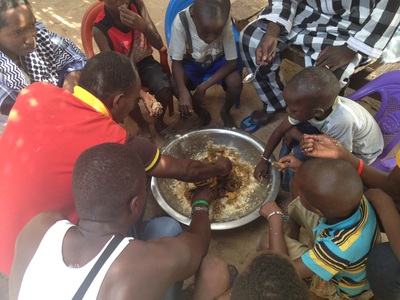
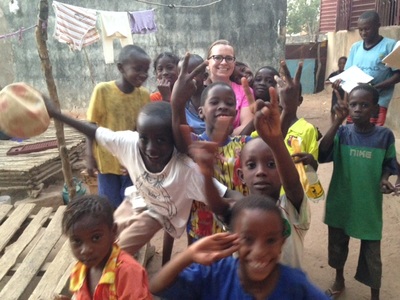
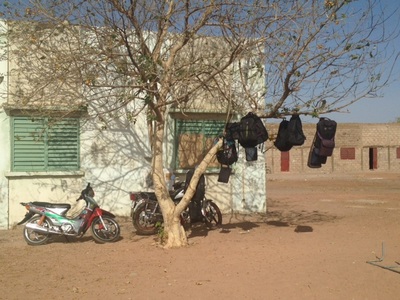
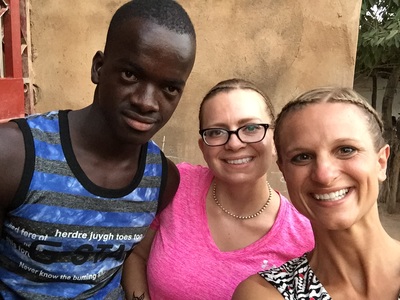
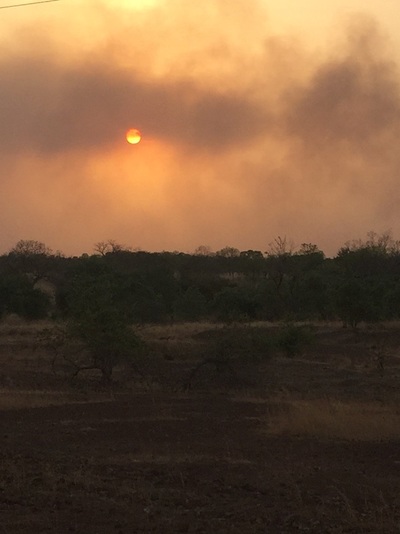
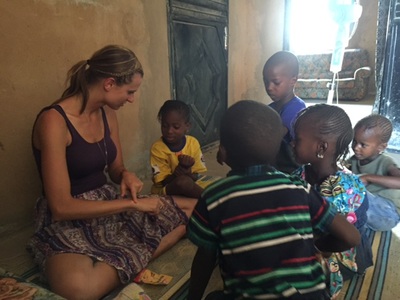
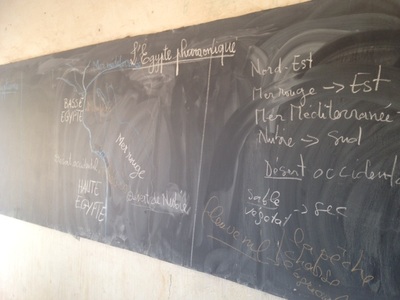
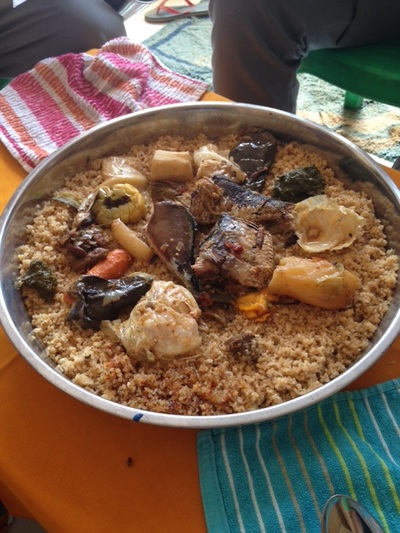
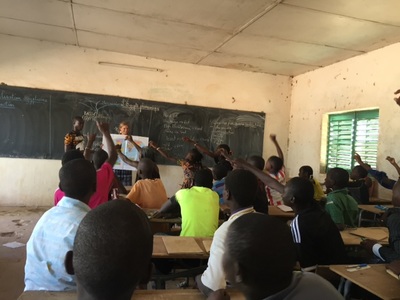
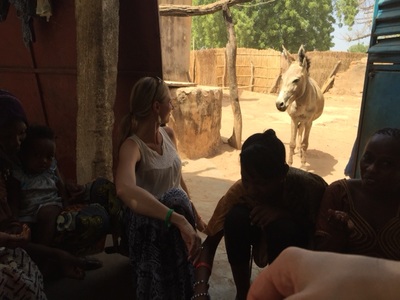

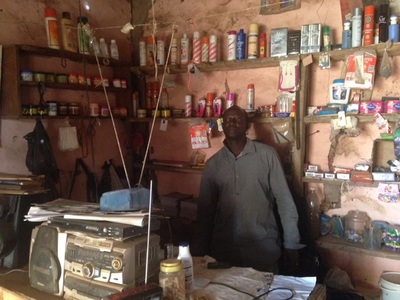
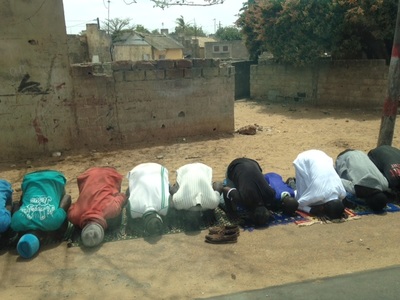
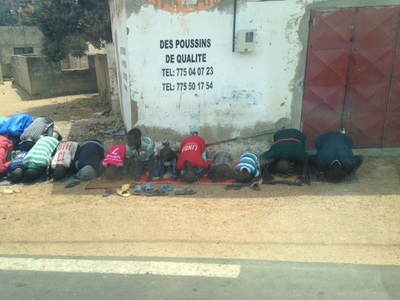
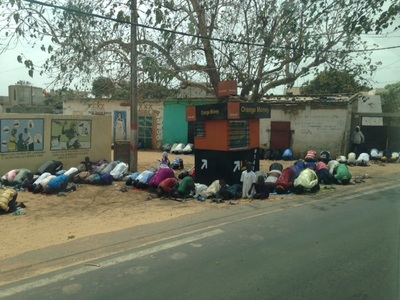
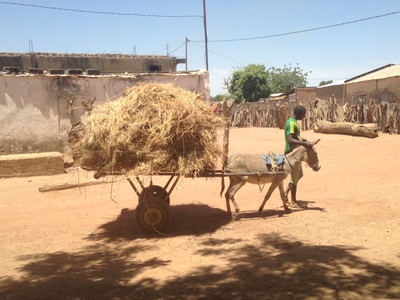
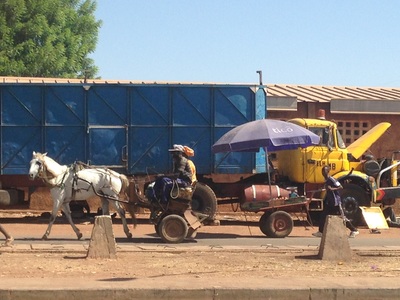
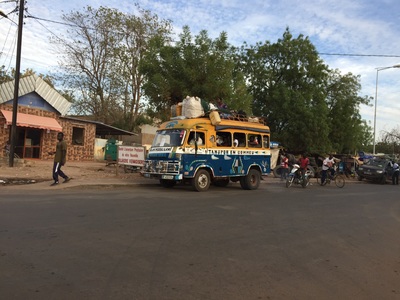
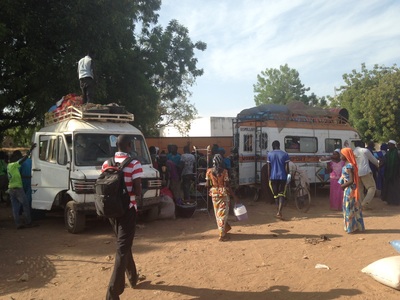
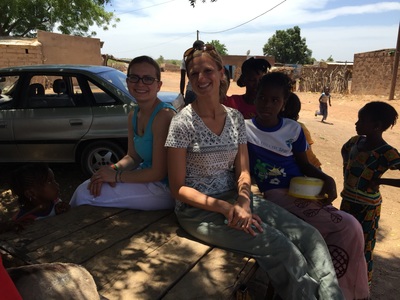
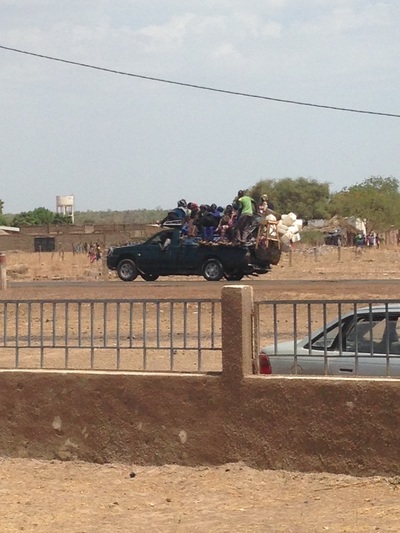
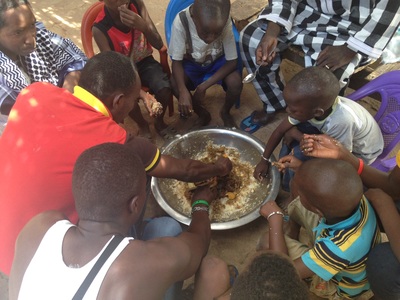
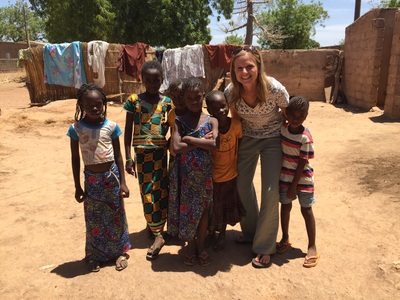
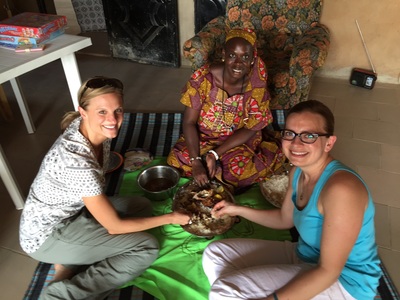
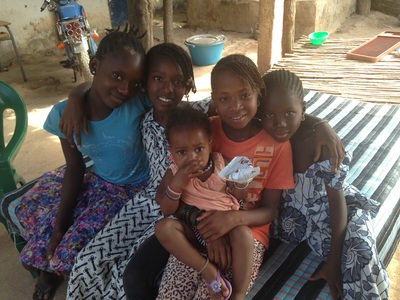


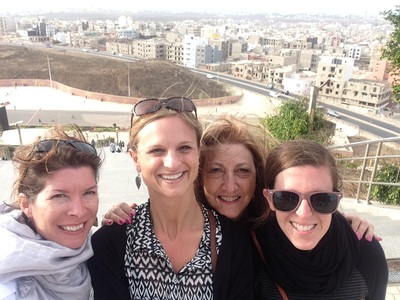
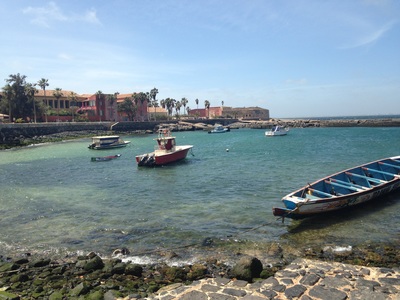
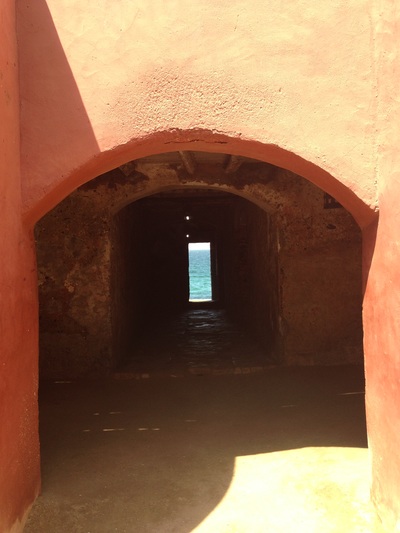
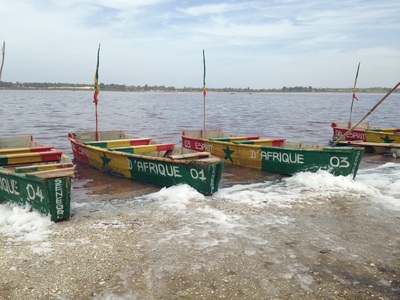
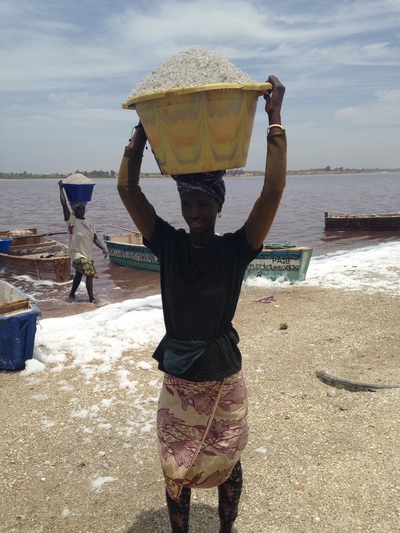
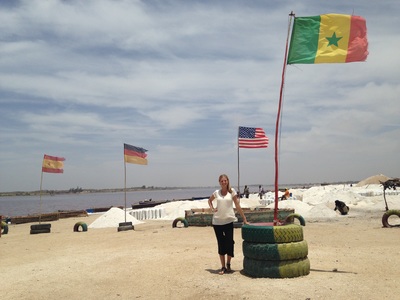
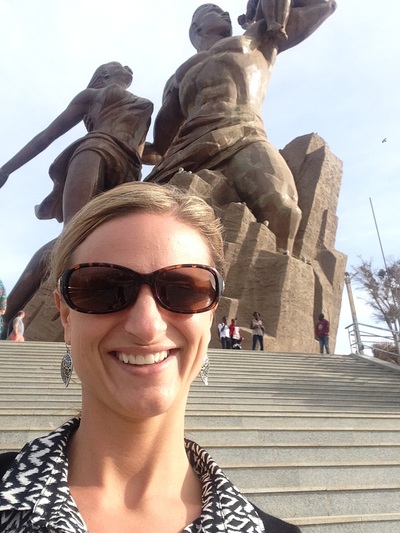

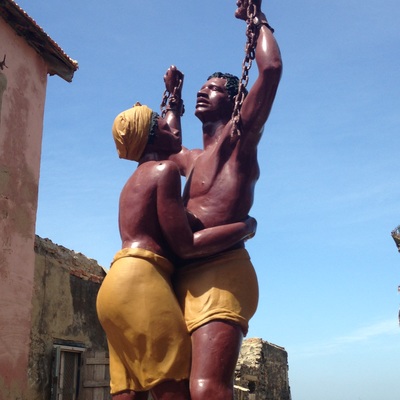
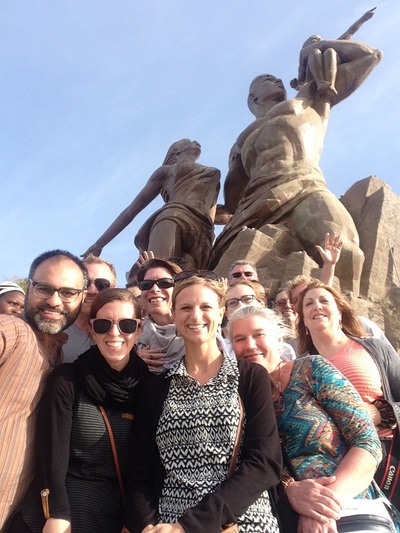
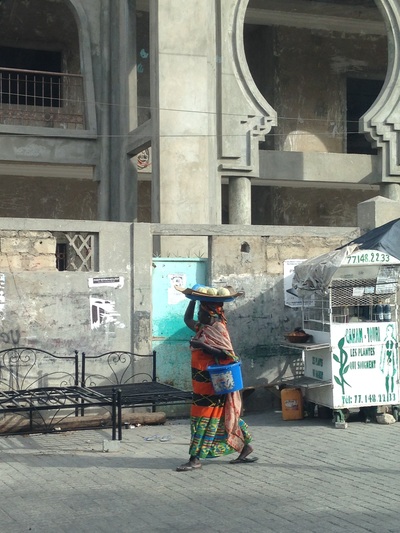
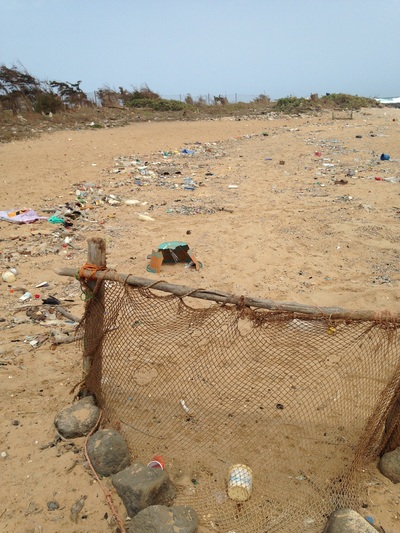
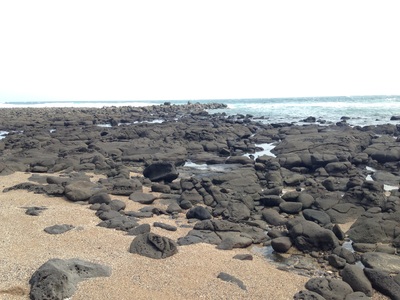
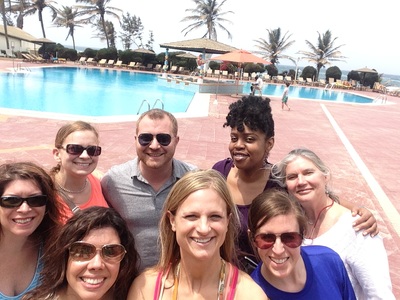
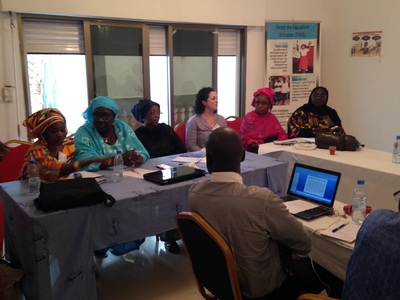
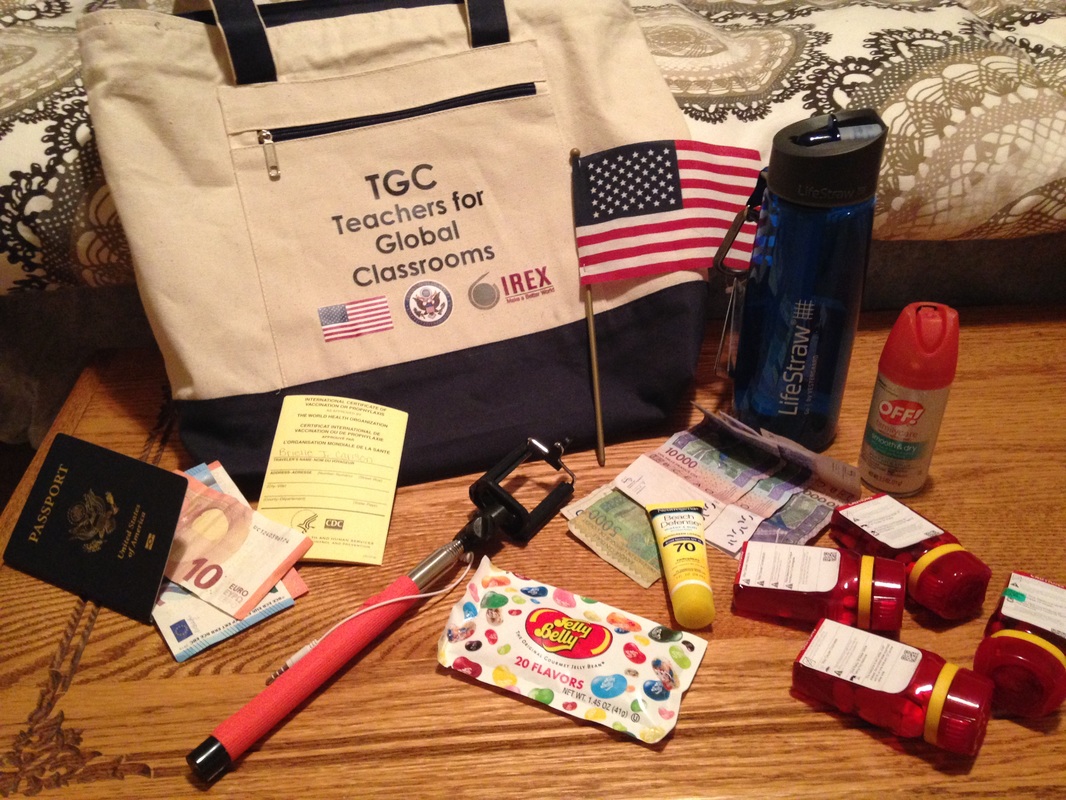
 RSS Feed
RSS Feed
